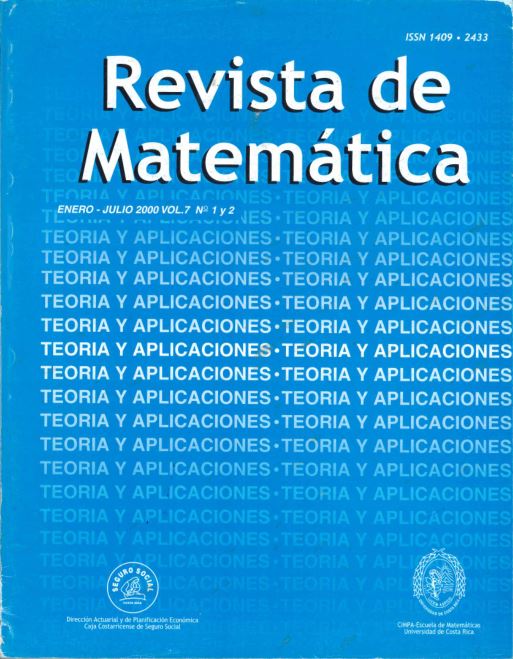Resumen
Analizamos un modelo bidimensional SIS en tiempo discreto con una población total no constante. Nuestra meta es determinar la interacción entre la problación total, la clase susceptible y la clase infectada, y las implicaciones que esto puede tener para la dinámica de la enfermedad. Usando una tasa de reclutamiento constante en laclase susceptible, es posible asumir la existencia de una ecuación limitante asintótica que permite reducir el sistema de dos ecuaciones a una sola ecuación dinámicamente equivalente. En este caso, somos capaces de demostrar la estabilidad global de los equilibrios libres de enfermedad y la endemia, cuando el número básico reproductivo (R0) es menor que uno y mayor que uno, respectivamente. Cuando se considera una tasa de reclutamiento no constante, la problación total se bifurca cuando se varía la tasa de natalidad y la tasa de mortalidad. Usando simulaciones computacionales, observamos diferentes comportamientos entre la clase infectada y la población total, y posiblemente, la ocurrencia de un extraño atractor.
Citas
Linda J. S. Allen and Amy M. Burgin, Comparison of Deterministic and Stochastic SIS and SIR Models, Technical Report No. 98-003, (1998)
L. J. S. Allen, Some Discrete-Time SI, SIR, and SIS Epidemic Models, Math. Bios., 124 (1994), pp. 83-105.
R. M. Anderson and M. May, Infectious Diseases of Humans, Oxford University Press, Oxford (1991).
Carlos Castillo-Chavez and Horst R. Theime, Asymptotically Autonomous Epidemic Models.
P. Cull, Stability of Discrete One-Dimensional Population Models, Bul. Math. Biol., 50 (1988), pp. 67-75.
P. Cull, Local and Global Stability for Population Models, Biol. Cybern., 54 (1986), pp. 141-149.
P. Cull, Global Stability of Population Models, Bul. Math. Biol., 43 (1981), pp. 47-58.
L. Edelstein-Keshet, Mathematical Models in Biology, The McGraw-Hill Co., Massachussets, (1988).
J.Guckenheimer and Phillip Holmes, Nonlinear Oscillations, Dynamical Systems, and Bifurcations of Vector Fields. Springer-Verlag, New York, (1997)
J. Jacquez, C. Simon and J. Koopman, Core Groups and R0s for Subgroups in Heterogeneous SIS and SI Models, Epidemic Models: Their Structure and Relation to Data, Cambridge University Press, New York, (1995), pp. 279-301.
C. C. McCluskey and J.S. Muldowney, Bendixson-Dulac Criteria for Difference Equations, J. Dyn. Diff. Eq., 10 (1988), pp. 567-576.
S.H. Strogatz, Nonlinear Dynamics and Chaos. Addison-Wesley Publishing Co., Massachussets, (1995)





